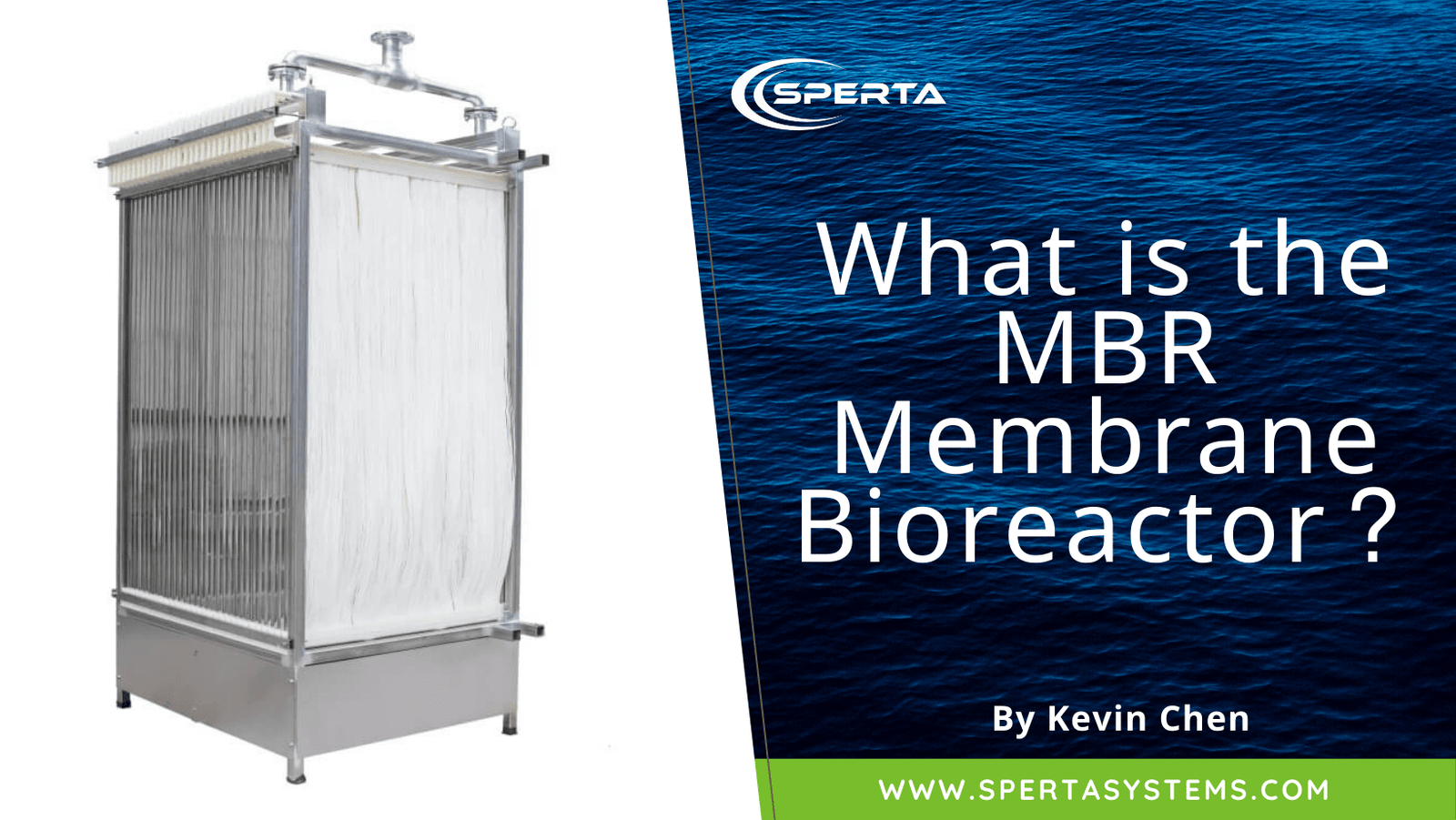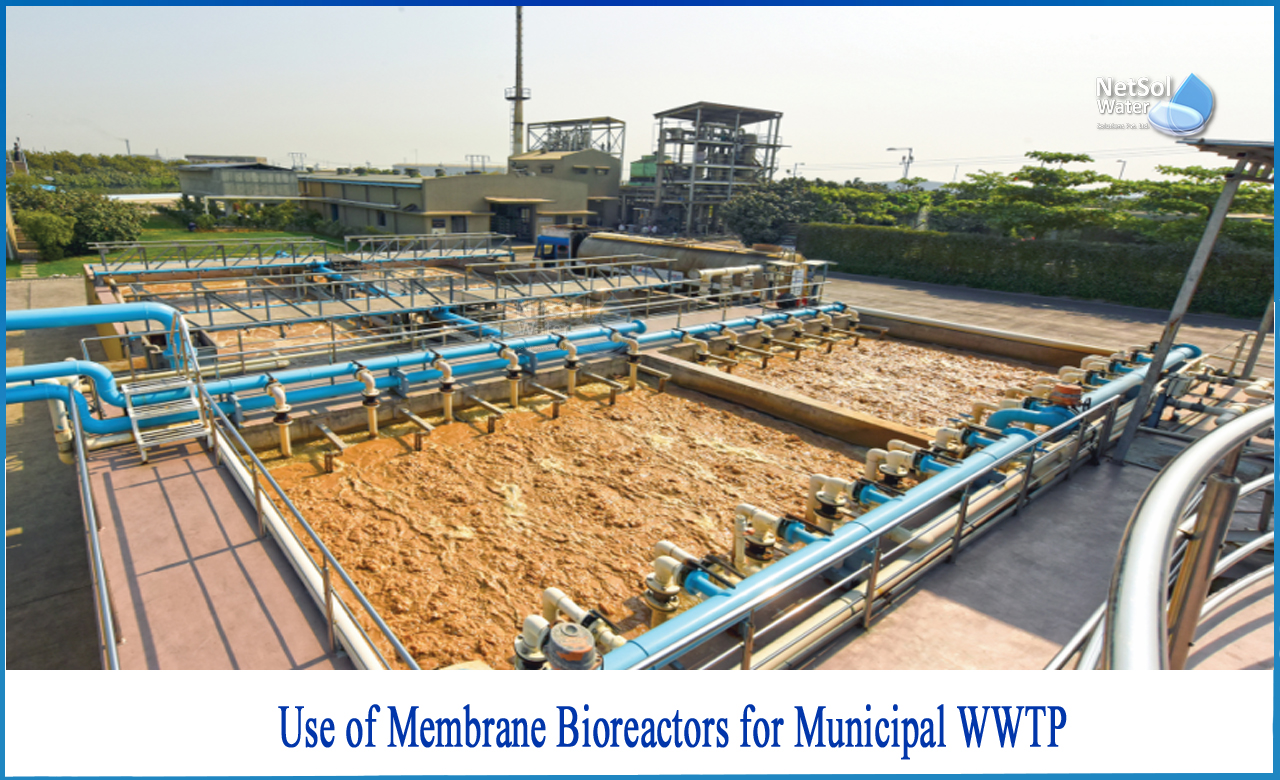The Advantages of Membrane Layer Bioreactors in Lasting Wastewater Monitoring
Membrane layer bioreactors (MBRs) represent a critical advancement in lasting wastewater administration, effectively combining organic treatment with innovative membrane filtration technology. As the need for sustainable solutions escalates, checking out the multifaceted benefits of MBRs might reveal unforeseen implications for the future of wastewater treatment systems.
Overview of Membrane Layer Bioreactors
Membrane bioreactors (MBRs) stand for a considerable advancement in wastewater therapy technology, incorporating biological deterioration with membrane layer filtering to enhance the effectiveness of the therapy procedure. This innovative system incorporates the benefits of traditional turned on sludge processes with membrane layer innovation, permitting improved solid-liquid splitting up. MBRs make use of semi-permeable membranes to different treated water from biomass, resulting in high-quality effluent that can be recycled or securely discharged right into the setting.
The functional style of MBRs typically involves a bioreactor where bacteria damage down natural matter, complied with by a membrane layer unit that filters the combined liquor. This configuration not just decreases the impact of the treatment center but likewise permits greater biomass concentrations and decreased hydraulic retention times. In addition, MBRs are qualified of treating a wider variety of impurities, including nutrients and pathogens, making them appropriate for numerous applications, from municipal wastewater treatment to industrial effluent processing.
The integration of MBRs into wastewater management systems is indicative of an expanding fad in the direction of reliable and lasting techniques in ecological design. Their capability to create premium effluent while lessening area demands settings MBR technology as a key player in modern-day wastewater therapy remedies.
Improved Effluent High Quality

The membrane purification process acts as a physical obstacle, making it possible for the retention of microbes and particulate matter, which adds to a clearer and cleaner effluent (Membrane Bioreactor). MBRs run at higher biomass concentrations than standard triggered sludge systems, promoting a lot more efficient biodegradation of contaminants. This brings about a decrease in biochemical oxygen need (BODY) and total put on hold solids (TSS) degrees in the last effluent
Additionally, MBRs show outstanding efficiency in dealing with challenging wastewater make-ups, such as industrial effluents and wastewater with high nutrient lots. As a result, the effluent produced is commonly of higher high quality, enabling more adaptable disposal options and lowered environmental effect. Eventually, the boosted effluent quality accomplished via MBR technology emphasizes its important role ahead of time lasting wastewater management practices.
Water Reuse Opportunities
The high-quality effluent created by membrane layer bioreactors (MBRs) opens up significant chances for water reuse in numerous applications. MBRs successfully get rid of contaminants, including microorganisms, put on hold solids, and raw material, leading to cured water that fulfills or exceeds regulative criteria for reuse. This quality enables the application of water recycling efforts throughout varied sectors.
One popular application is in agriculture, where dealt with wastewater can be made use of for irrigation, promoting lasting farming practices while conserving freshwater resources. Furthermore, MBR-treated effluent can be utilized for industrial processes such as cooling, cleansing, and as a procedure water resource, substantially lowering the need for safe and clean water in these procedures.
In city settings, MBRs promote the usage of recovered water for landscape watering, commode flushing, and various other non-potable uses, contributing to the total resilience of water supply systems. Moreover, the assimilation of MBR innovation in decentralized systems aids in managing local water needs, especially in water-scarce regions.
Lowered Environmental Impact
How can the adoption of membrane layer bioreactors (MBRs) contribute to a lowered additional info environmental influence in wastewater administration? MBRs significantly improve the treatment effectiveness of wastewater while decreasing environmental disruptions. Membrane Bioreactor.
Additionally, MBRs run at lower hydraulic retention times compared to traditional systems, resulting in smaller therapy plant footprints. This small style reduces land use, consequently preserving all-natural environments and biodiversity. The process additionally generates less sludge than standard approaches, reducing disposal obstacles and decreasing greenhouse gas discharges related to sludge management.
Additionally, MBRs help with the recuperation of valuable resources, such as water and nutrients, adding to a circular economic situation. By making it possible for water reuse for watering or commercial procedures, MBRs aid reduce freshwater shortage, therefore advertising lasting water utilize techniques. Inevitably, the adoption of MBR technology represents a considerable stride in the direction of decreasing the ecological impact of wastewater management systems.
Economic Advantages of MBRs

Additionally, MBRs help with the production of top quality effluent, which can be reused for various applications, such as farming watering and commercial procedures - Membrane Bioreactor. This reuse ability can considerably decrease water purchase prices, giving an economic reward for markets facing rigorous water regulations
The portable layout of MBR systems likewise results in reduced land demands, which is especially important in urban locations where realty is costly. By minimizing room, districts and markets can conserve on land purchase and upkeep costs.
Moreover, MBRs typically call for less regular upkeep and have a longer life-span than traditional systems, further adding to set you back financial savings. In summary, the financial advantages of MBRs-- varying from minimized functional prices to land savings and effluent reuse-- make them a compelling choice for sustainable wastewater monitoring, supplying both websites lasting and prompt financial benefits.
Verdict
Membrane bioreactors represent a transformative approach to sustainable wastewater management, combining biological treatment with advanced membrane purification for exceptional effluent high quality. Their ability for effective impurity elimination assists in water reuse, thus saving important freshwater resources. In addition, MBRs add to decreased ecological effects via portable layouts and lower sludge generation. Economic advantages further boost their feasibility, making MBRs an appealing service for resolving the challenges of wastewater treatment and promoting sustainable source administration.
Membrane bioreactors (MBRs) stand for a pivotal improvement in sustainable wastewater management, efficiently merging organic treatment with advanced membrane layer filtering innovation.Membrane layer bioreactors (MBRs) represent find out this here a significant improvement in wastewater treatment innovation, integrating organic destruction with membrane layer filtration to boost the efficiency of the therapy procedure.Attaining improved effluent quality is one of the most substantial benefits of using membrane layer bioreactors (MBRs) in wastewater therapy.Furthermore, MBRs show excellent efficiency in dealing with difficult wastewater compositions, such as industrial effluents and wastewater with high nutrient lots.Incorporating membrane bioreactors (MBRs) into wastewater management not only lowers environmental impact yet likewise provides substantial financial advantages.
Comments on “Why Membrane Bioreactor Solutions Are Ideal for Sustainable Water Treatment”